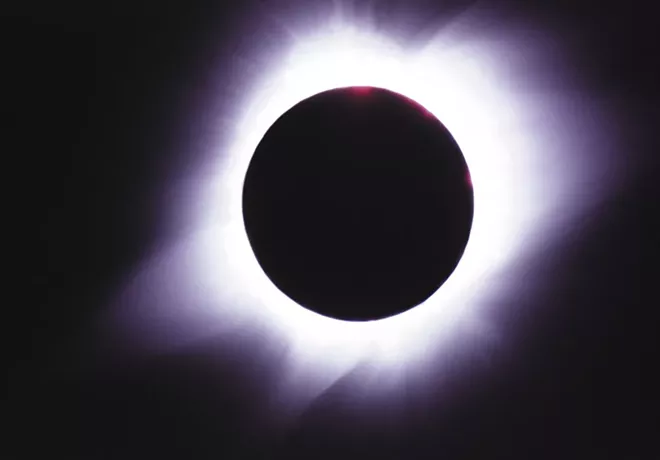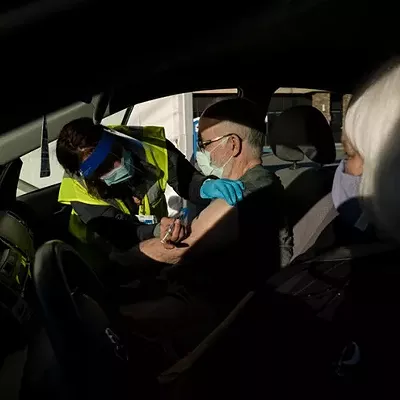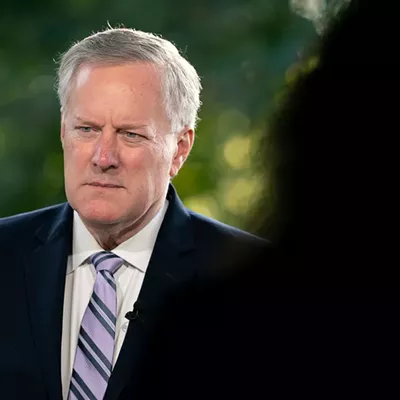By HENRY FOUNTAIN
© 2017 New York Times News Service
CHARLESTON, S.C. — Americans across the country this weekend began a great, if brief, migration, rushing toward a swath of territory stretching from Oregon to South Carolina for a chance to witness a total eclipse of the sun.
Wyoming transportation officials reported nearly 20 percent more vehicles on the roads compared with a five-year average for the third weekend in August. They cautioned that the state’s population of 600,000 could double with people heading for the zone of totality, which crosses the state.
Next door in Colorado, where only a partial eclipse will be visible, the state transportation department warned travelers that Interstate 25 north toward Wyoming could look like “six Denver Broncos games all getting out at the same time.”
In Nashville, Tennessee, officials were preparing for a greater number of cars on the road and most concerned about drivers stopping during the total eclipse.
“We just hope the citizens don’t cause any obstructions,” said Don Aaron, a public affairs manager at the Metropolitan Nashville Police Department.
Scientists who have been anticipating this event for years gathered too, in places like Salem, Oregon; the ski resort of Sun Valley, Idaho; and Carbondale, Illinois.
In Carbondale, where the moon will obscure the sun for more than 2 1/2 minutes, 15,000 people are expected to gather in a football stadium to experience it.
The U.S. has not seen such a sweeping eclipse — the path of totality covers parts of 14 states — in nearly a century.
Those who cannot make it to the path of totality will not be left out, however. All 50 states will experience at least a partial eclipse.















